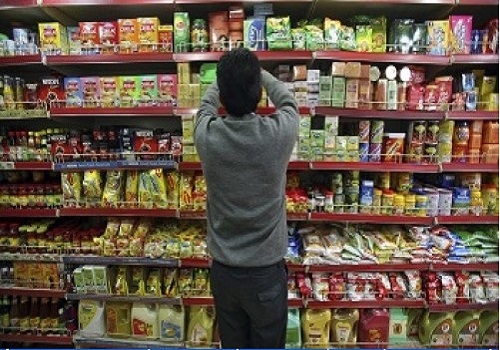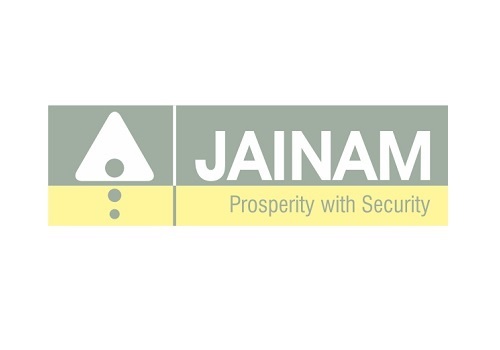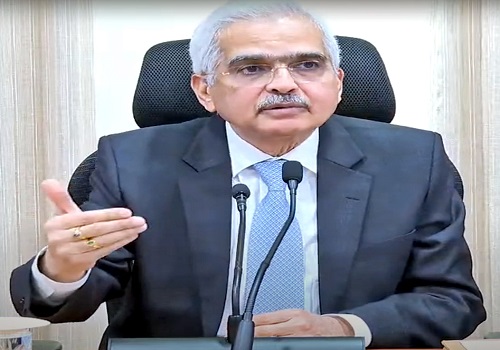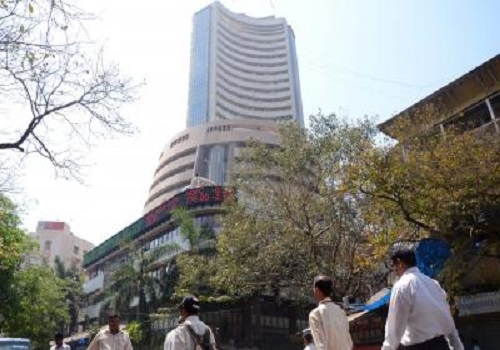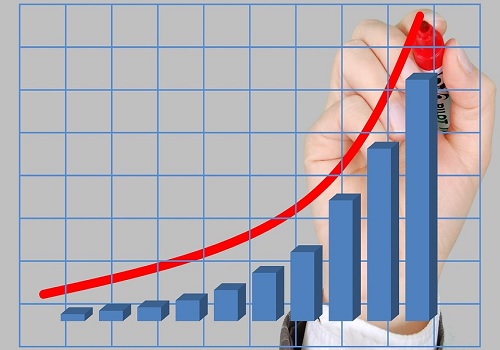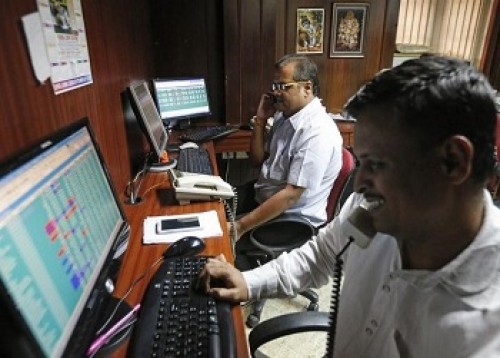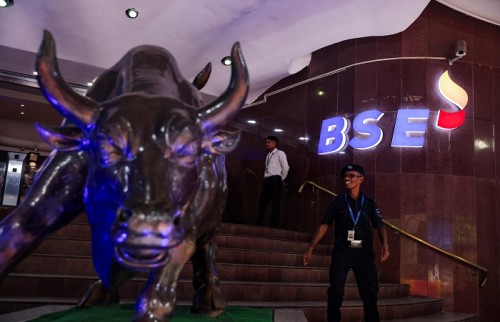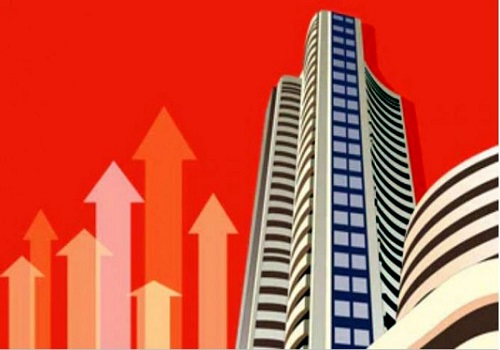Domestic-focused sectors push up market; IT, commodities pull it down
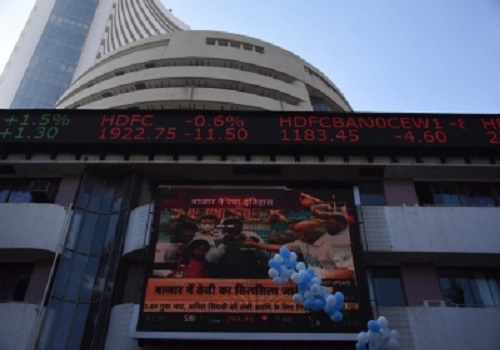
Domestic and private consumption oriented business sectors are driving up the Indian stock markets, which are nearing their high points, experts said.
The market indices -- NSE Nifty and BSE Sensex -- are nearing their 52-week high points.
The Nifty on Friday opened at 18,723.30 and touched a high of 18,864.70 points. The 52-week high point is 18,887.60.
Similarly, the Sensex opened at 62,960.73, touched a high of 63,520.36 and closed at 62,917.63 points. The 52-week highest level is 63,583.07.
Industry experts feel the upward trend will be there for some more months and the markets may turn nervous during the next round of state elections in November/December 2023.
As to the sectors that would do well, experts listed domestic market oriented sectors like manufacturing, engineering, consumer, fast moving consumer goods (FMCG), automobiles, infrastructure, financial services and others.
"We observe that three broad segments in the economy are likely to witness robust growth over the next three to five years. Firstly, private consumption is expected to show very strong growth. With India's nominal GDP likely to grow at 10-11 per cent, and our population growing at about 1 per cent, we can expect per capita income to rise on average by 9-10 per cent annually," Hardick Bora, Co-Head, Equity, Union Asset Management Company Private Ltd, told IANS.
According to Bora, the marginal income will be spent on discretionary categories such as electronic appliances, restaurants, apparel, jewellery and others, driving faster-than-GDP growth in these industries.
Powered by the Central government's actions like the productivity-linked incentive (PLI) scheme, tax cuts, and investments in infrastructure segments, Bora said the manufacturing sector is gaining momentum.
"Given the current trajectory, India will play a prominent role in the global supply chain. Hence, industries present in the capital goods, industrial products and infrastructure space are likely to witness good business momentum over the next five years," Bora added.
"Lastly, this growth will require support from our robust financial system. With stronger balance sheets and adequate capitalisation at hand, we believe that the leading banking as well as non-banking financial institutions are well-positioned to fund India's economic growth and make profit from it too," Bora said.
"If you track the domestic data, the latest manufacturing Purchasing Managers Index (PMI) has come in highest in the last 30 months; services data is also encouraging. Apart from this, the PLI schemes announced by the government are also attracting various long-term investors," Roop Bhootra, CEO, Investment Services, Anand Rathi Shares and Stock Brokers, told IANS.
Bhootra said that applications in 14 different sectors with an expected investment of Rs 3.65 lakh crore have been approved till date.
"Actual investment of Rs 62,500 crore has been realised till March 2023. This coupled with peaking rates and fall in inflation bodes well for the consumption sector as well, and in turn overall positive for the economy," Bhootra said.
Queried about the duration of the uptrend for these sectors, Bora is of the view that they would experience strong growth for the next five years given the strong outlook on India's economy for that period.
Most of these sectors are very intrinsic to the overall economic growth and since India is still a developing economy, there lies a very long runway for growth in most of these sectors, Bhootra said.
"If you see, India's share of exports in global trade merchandise was less than 2 per cent and even if this improves by just 2 per cent, we are talking about doubling of the existing merchandise. So, there is ample space for growth in our economy," Bhootra noted.
As regards the sectors that lag behind, Bhootra said as of now, exports heavy and global cyclical sectors like information technology (IT), pharma, and commodities are facing some headwinds due to uncertain and volatile situations in the western world.
High inflation, higher rates and global uncertainty over growth led to slowdown in these sectors. However, early indicators suggest that things have started to normalise, and one should see some improvement towards the second half of the current year, Bhootra said.
"Recent data suggests that things are starting to normalise. Inflation is coming down; the US Fed has signalled a pause recently which should aid in some recovery," Bhootra said.
On the other hand, Bora said given the far-reaching disruptions in the media and entertainment industry, value migration will happen to smaller and newer participants in the industry.
"Another segment which has been a laggard is metals/commodities impacted by persistently high inflation and weak global demand-supply dynamics. Having said that, we believe inflationary pressures are easing and recovery in the global economy over the next 12 to 24 months will drive business revival in these industries," Bora remarked.






